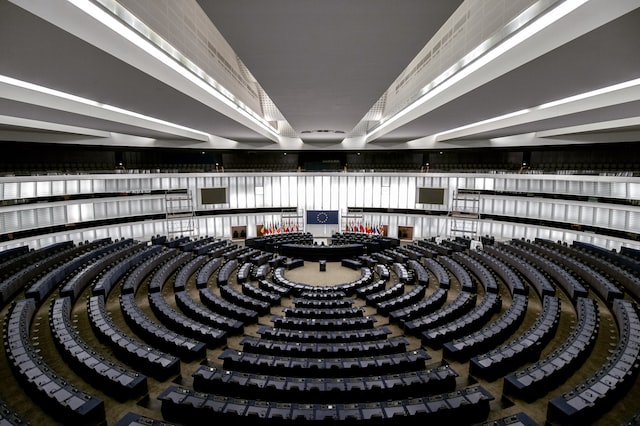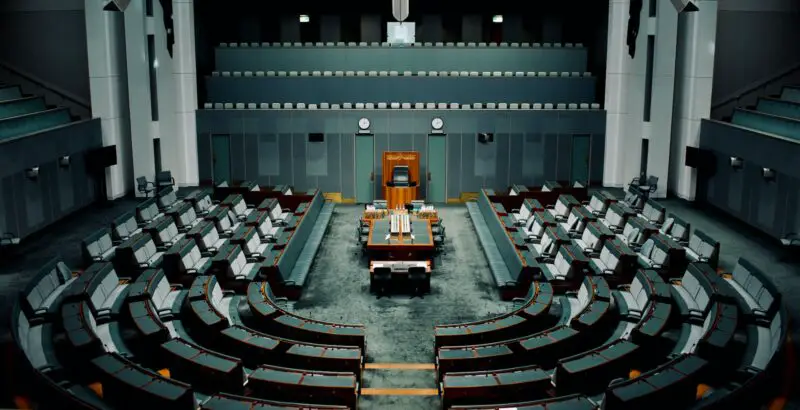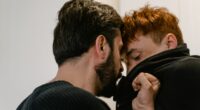An assembly is a group of people who have been elected to represent the interests of their constituents, while a parliament is the legislative body of a country or state. The parliament has the power to pass laws, while the assembly does not.
What is an assembly?
(Photo by Czapp Árpád: )

An assembly is typically a secondary legislative body that operates at a regional or devolved level. For example, in some countries, an assembly might be responsible for governing a specific region or province, with its members representing the interests of the local population.
An assembly may have different names depending on the country and its political system. For instance, in the United States, each state has a bicameral legislature consisting of a Senate and a House of Representatives, while in the United Kingdom, the devolved administrations in Scotland, Wales, and Northern Ireland have their own assemblies.
The primary function of an assembly is to create laws and regulations that reflect the interests and needs of their constituents. Members of the assembly are typically elected through a democratic process and are responsible for representing their constituents in legislative matters. As a secondary legislative body, an assembly may have limited powers compared to the primary legislative body, such as a national parliament or congress, but it still plays an important role in the political system of its region or country.
What is parliament?
(Photo by Frederic Köberl on Unsplash )

Parliament is a legislative body that represents the citizens of a country. It is the highest law-making authority in most democratic nations and is responsible for creating, amending, and repealing laws, as well as overseeing the work of the government. The term “parliament” is derived from the French word “parler,” which means “to talk.”
Parliaments can have different structures depending on the country, but most of them are composed of elected representatives who are chosen by the people in democratic elections. In a parliamentary system of government, the parliament is usually made up of two chambers or houses – an upper house (often called the Senate) and a lower house (often called the House of Representatives or the House of Commons). The upper house typically represents the regions or states of the country, while the lower house represents the people.
The roles and powers of parliament can vary between countries. In some countries, the parliament has the power to elect or remove the head of government, while in others, the head of government is elected directly by the people. In addition to its law-making responsibilities, parliament is also responsible for overseeing the actions of the government and holding it accountable for its decisions and actions.
Parliament plays a crucial role in the functioning of democratic societies by providing a platform for the representation of citizens’ voices and interests in the decision-making processes of their countries.
Assembly Vs. Parliament – Key diffrences
The terms “assembly” and “parliament” are often used interchangeably, but there are some key differences between the two.
An assembly is typically a secondary legislative body that operates at a regional or devolved level, with limited powers compared to the primary legislative body, such as a national parliament. Assemblies tend to have a more localized focus and are responsible for creating laws and regulations that reflect the interests and needs of their specific regions or constituencies.
On the other hand, a parliament is usually the primary legislative body of a country and has broad-ranging legislative powers that extend to all areas of government. It is responsible for creating laws and regulations that apply to the entire country and plays a crucial role in overseeing the work of the government.
Another key difference between assemblies and parliaments is their composition. Assemblies may be composed of representatives who are elected by voters in a specific region or constituency, while parliaments typically include both elected representatives and unelected members, such as appointed officials and representatives of the monarchy (in countries with a constitutional monarchy).
Overall, the main difference between an assembly and a parliament is the level and scope of legislative power within a government’s structure. While both institutions play important roles in representing the interests of citizens and shaping the laws that govern their societies, parliaments have greater authority and a broader scope of responsibility compared to assemblies.
Why is this distinction important?
The distinction between an assembly and a parliament is important because it relates to the level and scope of legislative power within a government’s structure. While the terms are often used interchangeably, there are some key differences between the two.
An assembly is typically a secondary legislative body that operates at a regional or devolved level, with limited powers compared to the primary legislative body, such as a national parliament. Assemblies tend to have a more localized focus and are responsible for creating laws and regulations that reflect the interests and needs of their specific regions or constituencies.
On the other hand, a parliament is usually the primary legislative body of a country and has broad-ranging legislative powers that extend to all areas of government. It is responsible for creating laws and regulations that apply to the entire country and plays a crucial role in overseeing the work of the government.
Understanding the distinction between an assembly and a parliament is important for understanding the overall structure and functioning of a government. It can help individuals better understand how laws and regulations are created and implemented, as well as how the voices and interests of citizens are represented at different levels of government.
The origins of assembly and parliament
The word “parliament” comes from the French word “parler”, meaning “to speak”. Parliaments typically have more power than assemblies, and they are responsible for passing laws.
The word “assembly” comes from the Latin word “assamblea”, meaning “a meeting”. Assemblies typically have less power than parliaments, and they are not responsible for passing laws.
The origins of assemblies and parliaments can be traced back to ancient times. In ancient Greece, the Athenian assembly was an early example of a democratic legislative body that represented the interests of the people. In medieval Europe, parliaments emerged as a means for monarchs to consult with their nobles and other important figures on matters of state. The earliest recorded parliament was the Alþingi in Iceland, which was established in 930 AD and is considered one of the oldest parliamentary institutions in the world.
Over time, the roles and powers of assemblies and parliaments have evolved and expanded. In the United Kingdom, for example, the first Parliament of England was established in the 13th century, and it gradually gained greater powers over the monarchy and the country’s laws. In the United States, the Continental Congress served as a precursor to the modern Congress and played a key role in the American Revolution.
Today, assemblies and parliaments can be found in many countries around the world, and they play a vital role in shaping the laws and policies that govern their societies. While the structures and powers of these institutions can vary widely, they all share a common purpose: to represent the voices and interests of their citizens in the legislative process.
Which country has the oldest Parliament?
Iceland is widely considered to have the world’s oldest existing parliament, called the Althing, which was established in 930 AD. The Althing was originally created as a place where the Icelandic people could gather to discuss matters of common interest, settle disputes, and create laws.
The Althing is recognized as the world’s first parliament because it was a representative institution with a defined legislative function. At its inception, the Althing met in an open-air assembly once a year, where representatives from different regions of Iceland would come together to discuss and pass laws.
Over time, the Althing evolved and its powers expanded. In the 13th century, the Althing was divided into two chambers, a lower house and an upper house, making it a bicameral legislative body. Today, the Althing is a unicameral parliament with 63 members who are elected by the Icelandic people every four years.
While other countries may have had early forms of representative institutions, such as the Roman Republic’s comitia and the Anglo-Saxon Witenagemot, the Althing is considered the oldest existing parliamentary institution in the world.
Featured Image By – Aditya Joshi on Unsplash








